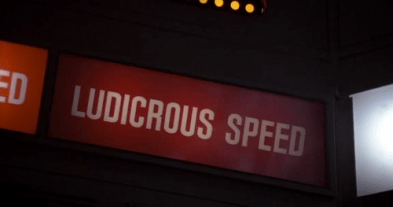I recently had the opportunity to critique the Logitech Revue’s ten foot UI for Nikkei Electronics, a Japanese trade magazine that “offers prompt reports, to-the-point commentaries and in-depth analysis on advanced technologies.”
Phil Keys, US Correspondent for NE, approached me for this project. He wanted an expert opinion on how to build a better interactive user experience for the home theater. I have known Phil since my days at Sling and Mediabolic and working with him was a real honor and privilege.
I applied user-centric design principles to grade the Logitech Revue and point out its strengths and weaknesses. My review was then translated and printed up, along with photos of the Logitech UI. Here is a small sample of the article.
Thanks to Nikkei Electronics for the opportunity to deliver Smart TV best practices to a global audience.








